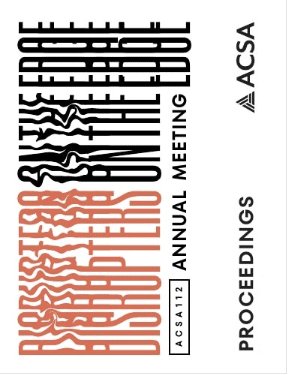Author(s): Sonya Falkovskaia
The Cambridge School of Architecture and Landscape Architecture, active from 1915 to 1942,1 was a groundbreaking institution in architectural education. It was the first U.S. school to grant master’s degrees to women and integrated the teaching of architecture and landscape architecture.2 Beginning and ending at the height of two world wars, the Cambridge School challenged prevailing academic and professional norms, offering a disruptive, barrier-free space that redefined architectural pedagogy and influenced the field. Largely forgotten to history, this paper uses the conceptual framework of the home front to reframe the school’s legacy as one of defiance to a system that tried to silence it, particularly its influence on Harvard’s Graduate School of Design (GSD). By collecting and uncovering previously disparate source materials from several archives, this paper connects the physical manifestations of the school to its pedagogical frameworks to elucidate the school’s complex and far-reaching influence during its active years and beyond. Recognizing the Cambridge School’s contributions provides a deeper understanding of the women’s role in architectural education and challenges historical dismissals of their contributions. This pioneering institution reshaped architectural pedagogy, promoted women’s agency, and continues to offer valuable lessons for a more inclusive and equitable architectural profession.
https://doi.org/10.35483/ACSA.AM.112.59
Volume Editors
Germane Barnes & Blair Satterfield
ISBN
978-1-944214-45-6

 Study Architecture
Study Architecture  ProPEL
ProPEL 
